If you’re a frequent user of Pyrex dishes in the kitchen, you may have wondered whether they are safe to use in the microwave.
This article will discuss the various considerations related to using Pyrex in the microwave, including the microwave-safe symbol, the consequences of using non-oven-safe glassware, and the safety of Pyrex lids and measuring cups.
We will also address whether old Pyrex ovenware is microwave safe and provide some answers to frequently asked questions about using Pyrex in the oven.
By the end of this article, you should understand the safety considerations involved in using Pyrex in the microwave and be able to make an informed decision about whether it is suitable for your needs.
Is Pyrex Microwave Safe?
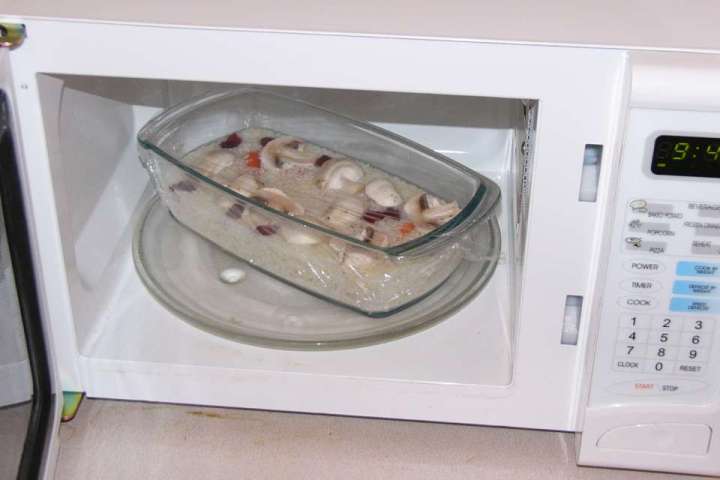
According to the manufacturer, Pyrex glassware is safe for use in the microwave as long as it is used according to the instructions provided.
The Pyrex website states that their glassware is made from a special type of glass called borosilicate, Which is known for its strength and durability. Additionally, Pyrex glassware has been specifically designed and tested for use in the microwave and is safe for this purpose.
However, it is important to note that not all Pyrex products are microwave safe. Some Pyrex products, such as those with metal rims or handles, are not safe for use in the microwave.
These products will typically have a “not microwave safe” symbol printed on them to indicate this. It is important to pay attention to these symbols and to follow the instructions provided by the manufacturer to ensure that you are using your Pyrex dishes safely in the microwave.
Pyrex Microwave Safe Symbol
The Pyrex microwave safe symbol is a simple yet important feature of Pyrex glassware that helps users identify which products are safe for use in the microwave.
This symbol consists of a small microwave icon with the word “microwave” written underneath it. The symbol is typically printed on the bottom of the Pyrex dish, And it indicates that the dish has been specifically designed and tested for use in the microwave.
It is important to pay attention to the Pyrex microwave safe symbol and to follow the instructions provided by the manufacturer when using Pyrex glassware in the microwave.
Pyrex Explodes in the Microwave?
Pyrex dishes can explode in the microwave under certain circumstances. This can occur if the Pyrex dish is subjected to extreme temperature changes or if it is damaged in some way.
One common cause of Pyrex explosions in the microwave is using large Pyrex dishes to heat liquids. When a large volume of liquid is heated in a microwave, it can create steam and pressure that can cause the Pyrex dish to explode.
To avoid this, it is important to use a microwave-safe container that is appropriate for the volume of liquid being heated.
Another cause of Pyrex explosions in the microwave is the use of scratched or chipped pyrex dishes. When a Pyrex dish is damaged, it can weaken the glass and make it more prone to breaking or exploding.
It is important to inspect your Pyrex dishes regularly and to replace any that are damaged.
Pyrex Lid Microwave Safe?
According to the manufacturer, Pyrex lids are generally safe for use in the microwave as long as they are used according to the instructions provided. Some Pyrex lids, such as those with metal rims or handles, do not microwave-safe and will have a “not microwave-safe” symbol printed on them.
It is important to pay attention to these symbols and to follow the manufacturer’s instructions when using Pyrex lids in the microwave.
Are Pyrex Measuring Cups Microwave Safe?
Pyrex measuring cups are generally considered microwave-safe, as long as they are not scratched or damaged in any way. This is because Pyrex is made of a type of glass called borosilicate, which is known for its ability to withstand extreme temperature changes.
However, it is important to use caution when microwaving Pyrex measuring cups, or any glassware for that matter. It is recommended to heat the Pyrex gradually, starting with a lower power setting and gradually increasing the power as needed. This will help to prevent the glass from overheating and potentially cracking or shattering.
Is Old Pyrex Ovenware Microwave Safe?
Old Pyrex ovenware may or may not be microwave safe, as the safety of Pyrex products has changed over time. In the past, Pyrex was made of a type of glass called soda-lime, which is not as resistant to temperature changes as the newer borosilicate glass that is used today.
As a result, older Pyrex products may be more prone to breaking or shattering when exposed to rapid temperature changes, such as those that occur when microwaving food.
It is always a good idea to check the manufacturer’s recommendations for microwave use, as these will provide the most accurate and up-to-date information on the safety of the product.
If the manufacturer does not provide specific guidelines for microwave use, or if the Pyrex product is damaged or scratched in any way, it is best to err on the side of caution and avoid microwaving it.
Is Pyrex Oven Safe?
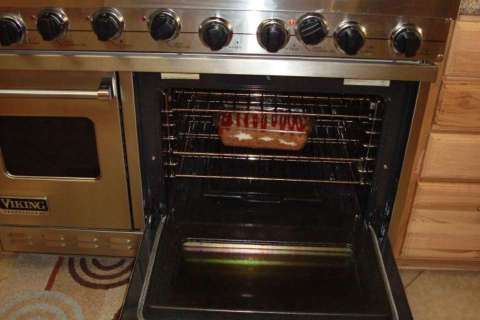
Pyrex ovenware is generally considered safe for use in the oven, as it is made to withstand high temperatures up to 450 degrees Fahrenheit. This means that Pyrex ovenware is suitable for a variety of cooking methods, including frying, roasting, baking, and even microwave cooking.
However, it is important to note that the safety of Pyrex products may vary depending on the specific product and its intended use. It is always a good idea to check the manufacturer’s recommendations for oven use, as these will provide the most accurate and up-to-date information on the safety of the product.
Can You Put Cold Pyrex into a Hot Oven?
Generally, It is not recommended to put cold Pyrex glassware directly into a hot oven. When Pyrex is exposed to rapid changes in temperature, such as going from cold to hot, it can be at risk of thermal shock, which can cause the glass to crack or break.
However, If you need to transfer cold Pyrex to a hot oven, it is best to gradually increase the temperature by placing the glassware in the oven while it is still cold and gradually turning up the heat to the desired temperature. This allows the glass to adjust to the change in temperature slowly, reducing the risk of thermal shock.
What will Happen If the Glass Is Not Oven Safe?
Using glass that is not specifically designed for use in the oven can be dangerous and can result in the glass breaking or shattering when exposed to high temperatures.
This can potentially cause injury if the broken glass comes into contact with skin or if shards of glass become embedded in food that is later consumed.
The non-oven-safe glass can not withstand the high heat of the oven and could crack or shatter. This is because different types of glass have different properties and can behave differently when exposed to high temperatures. Some types of glass may expand more than others when heated, which can cause them to break.
In addition to the risk of breakage, using non-oven-safe glass in the oven can also result in the release of harmful chemicals into your food. Some types of glass may contain lead or other toxic substances that can leach into your food when heated, posing a risk to your health.
Frequently Asked Questions:
Can Pyrex Go in a 500-Degree Oven?
Pyrex dishes are safe for use in an oven that is preheated to a temperature of up to 450 degrees Fahrenheit. However, the actual maximum temperature that a Pyrex dish can withstand may vary depending on the specific product and the conditions of use.
For example, some Pyrex dishes are specifically designed for use in high-temperature ovens and may be able to withstand temperatures up to 600 degrees Fahrenheit or higher.
Can You Use Pyrex on an Electric Stove?
It is generally not recommended to use Pyrex dishes on an electric stovetop, as the heat from the stovetop elements can be too intense for the glass and can increase the risk of breakage.
Conclusion:
In conclusion, Pyrex glassware is generally safe for use in the microwave as long as it is used according to the instructions provided. Pyrex is made of borosilicate glass, which is known for its strength and durability and has been specifically designed and tested for use in the microwave.
However, not all Pyrex products are microwave safe, and it is important to pay attention to the microwave-safe symbol and to follow the manufacturer’s instructions when using Pyrex in the microwave.
It is also important to use caution when microwaving Pyrex, or any glassware, to avoid the risk of explosions or breakage due to extreme temperature changes or damage to the glass.
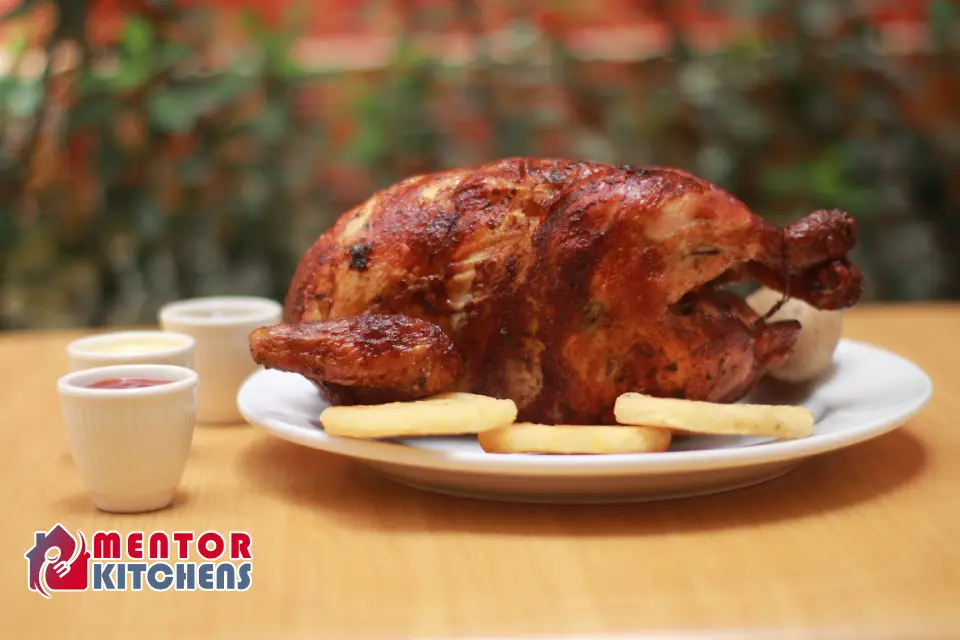
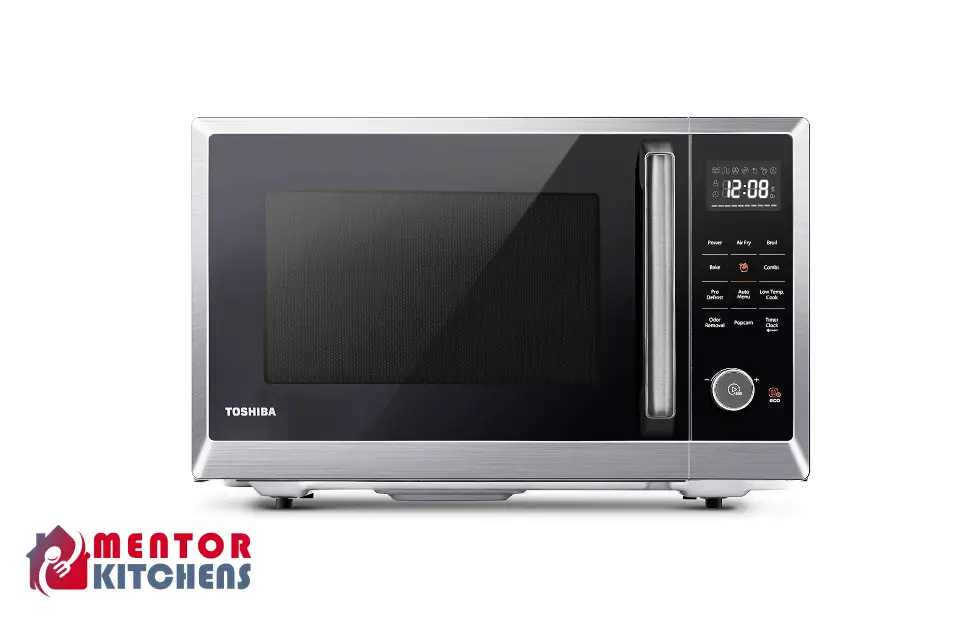
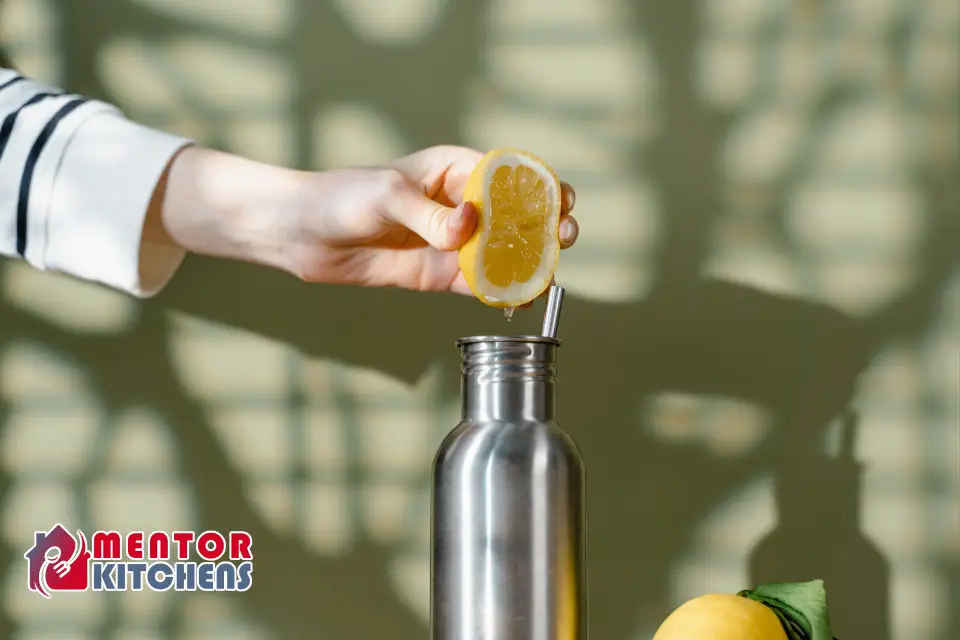
Leave a Reply